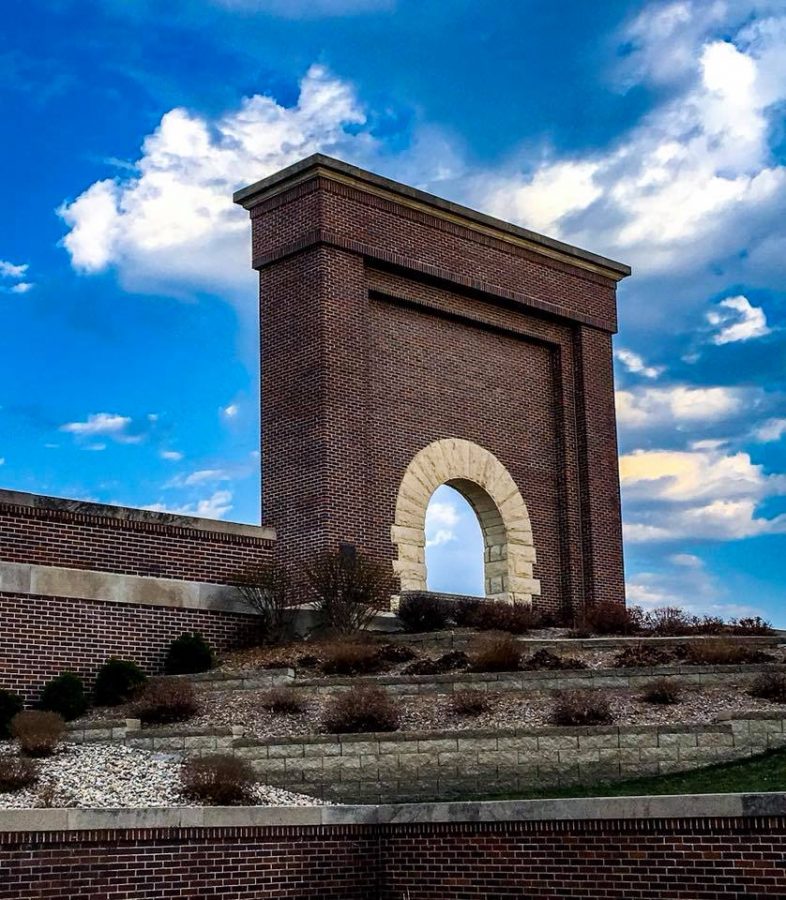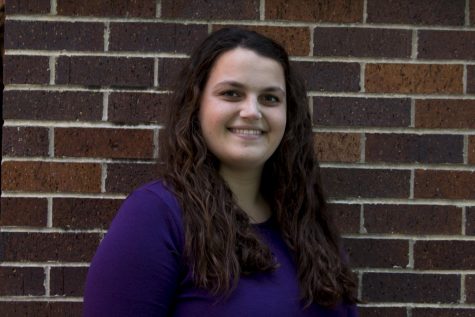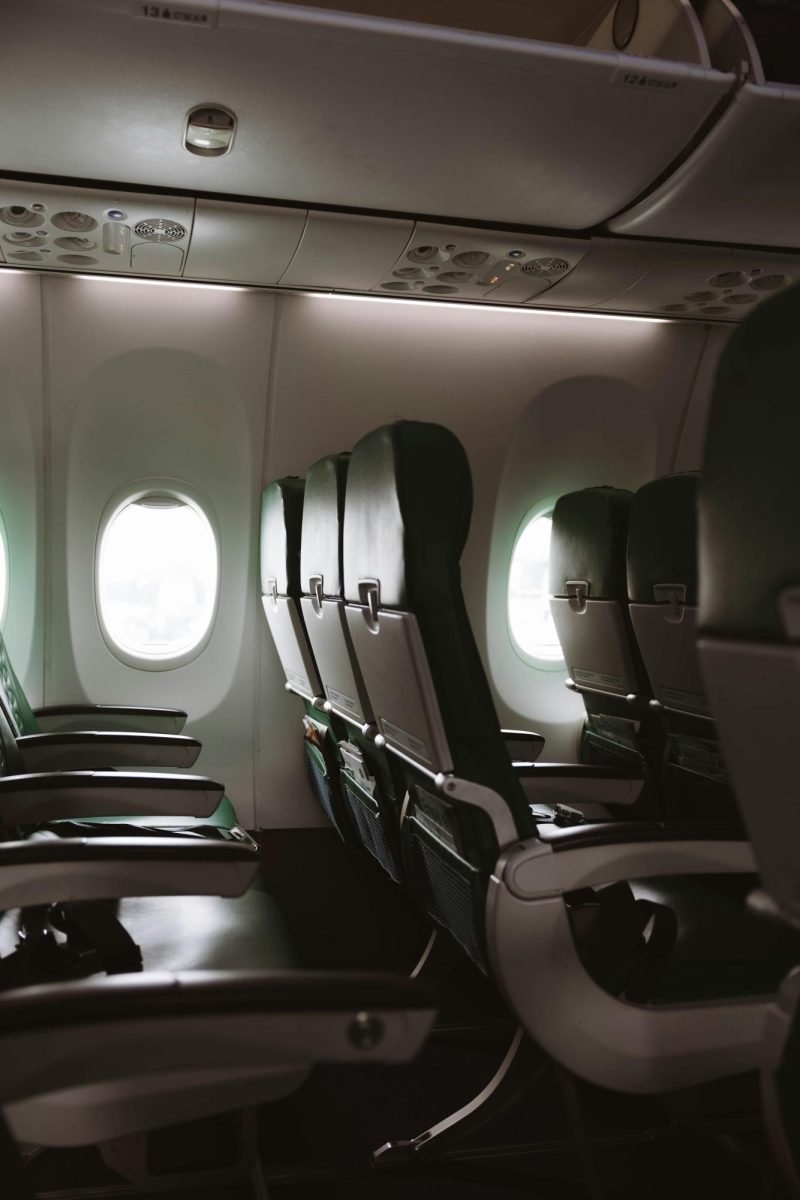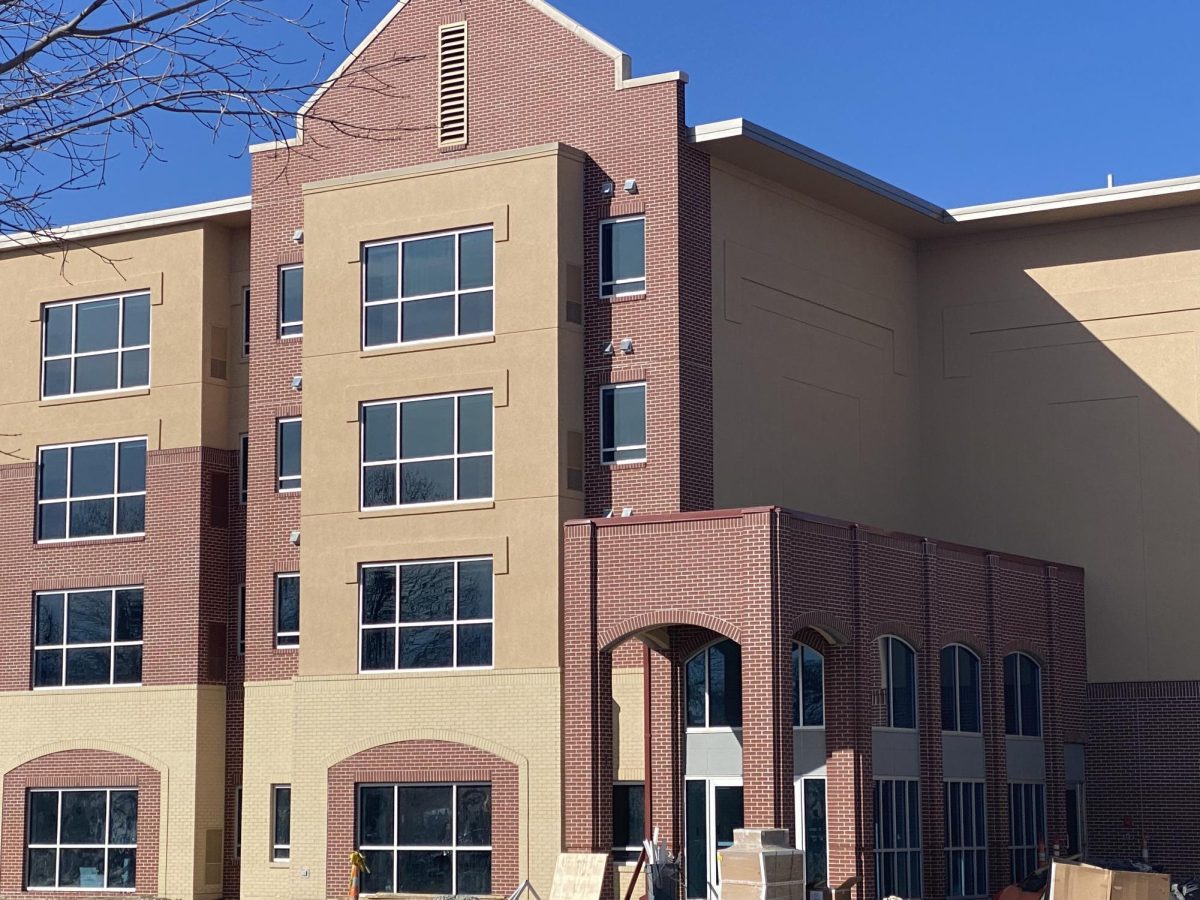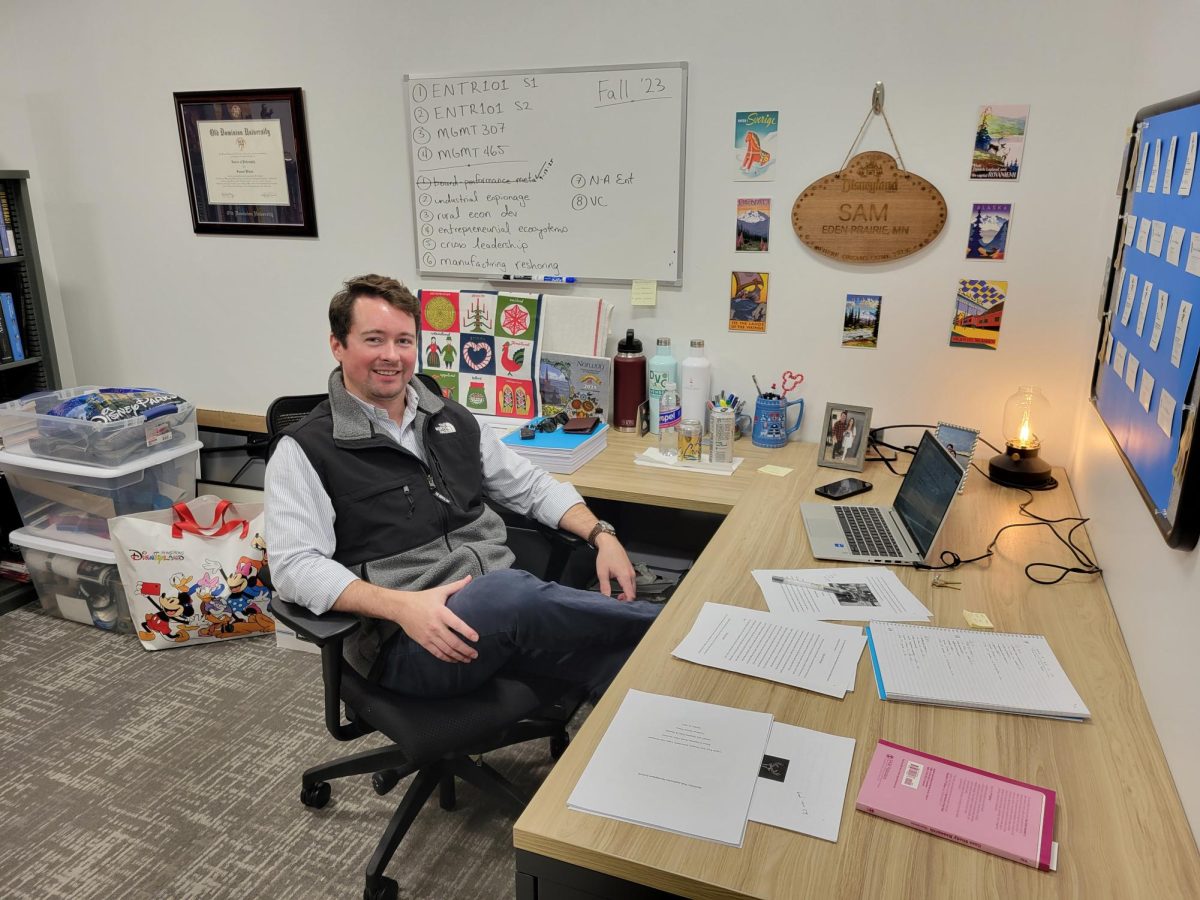BVU Announces New School of Liberal Arts Beginning 2019-2020 Academic Year
November 6, 2018
On Oct. 25, Buena Vista University announced the merger of the School of Communication and Arts with the School of Social Science, Philosophy, and Religion. The official combining of the schools will take effect in the 2019-2020 academic year.
The original idea for restructuring the schools came up in 2015. Prior to Dr. Brian Lenzmeier taking over the position of Vice President of Academic Affairs, a committee of faculty was assembled to determine a better way to organize the schools so that programs with common characteristics would be in similar areas. The faculty was encouraged to reduce the number of schools from the five-school model, which the school has been functioning as since 1985. Prior to this, there were no designated schools for the different majors and programs offered.
After several stages of development in the faculty senate, Lenzmeier was given all proposed solutions and looked to weigh the pros and cons before reaching a final decision.
“After looking at what the faculty proposed, the four-school option looked the best and that’s what I went with. [The decision] came down to trying to create efficiency, and really keep costs down,” Lenzmeier said.
With the ever-increasing requirements given to secondary education institutions by the government, BVU is trying to comply while keeping the costs down as much as possible.
In addition to the schools merging, new deans were announced for each school and their responsibilities have been altered. The new dean of the School of Education will be Dr. Ann Monroe-Baillargeon, who joined BVU this past summer. Dr. Lisa Best has been named as the dean for the Harold Walter Siebens School of Business. Dr. Thomas Bonagura has been named as the dean of the School of Science. Finally, Dr. Dixee Bartholomew-Feis has been appointed to serve as dean of the School of Liberal Arts.
Before the merger, the deans of the School of Social Science and School of Communication and Arts were both only part-time positions. Beginning during the next academic year, the newly announced deans of each school will be expected to oversee all faculty and programs within their school on the Storm Lake campus, as well as for online and site programs. This is a change from the previous model in which online and site directors oversaw coordinating with those faculty about course work. Now, the deans will be the references for any online and site faculty for course objectives throughout the various programs. With the addition of these responsibilities, Dr. Peter Steinfeld, associate dean of faculty, believes the deans will teach only one or two courses a year, but there have not been any plans made to replace the professors who have become a dean.
There are several questions that have come up following the announcement of the two schools merging to become the School of Liberal Arts. A concern for several students in the School of Communication and Arts and School of Social Science worried about satisfying the graduation requirement of completing 36 credit hours outside of one’s major school. Steinfeld addressed the concern.
“There are plans to erase that [requirement]. The students should not worry about that,” explained Steinfeld. “Those are sort of archaic rules that don’t make sense anymore, so that will go away.”
Another question brought up by the school merger was the structure of faculty senate. Currently, faculty senators are nominated in an at-large election, and more than likely there is one representative from each school. The faculty members appointed to the senate would then form committees and involve other faculty from the various departments. It was a stricter guideline that there be a representative from each school on every committee. With the upcoming merger, that would leave several departments with a lone representative when they used to have two. According to Lenzmeier, that is why the faculty’s meeting on Monday, Nov. 5 was to discuss the governing structure of faculty senate and what changes may need to be made for the adjustment to the School of Liberal Arts.
Art professor and BVU alum Mary Mello-Nee offers what she thinks the impact on students the combination of schools will have.
“I think the only thing [students] will see is a little bit more reinforcement of the collaboration between the different majors, which is actually one of the strongest points of BV,” said Mello-Nee. “Working across the schools is one of the strongest points, and so the School of Liberal Arts really is going to be that role model, and we will pull in that other schools.”
Dr. Dixee Bartholomew-Feis, BVU history professor and the incoming dean of the School of Liberal Arts, reached out and offered some thoughts to address possible concerns with the new school.
“The new School of Liberal Arts will be a result of the combining of the School of Social Science, Philosophy, and Religion and the School of Communication and Arts without any loss in either,” Bartholomew-Feis said. “Students will likely see no overt difference at all. The change is intended to improve the student experience and student opportunities, but many changes will occur behind the scenes. Faculty in the new school will be able to combine talents, energies and school resources to continually build challenging and interesting classes, internships, and conference opportunities, for example, for students who are majoring in the Liberal Arts or who are in our classes for general education or personal interests.”
In terms of what to expect for the School of Liberal Arts, both administrators and professors alike do not think that it will have much of an effect on students. Steinfeld emphasized the importance of embracing this new opportunity for change and growth in the university.
“Everybody still has their discipline. We [BVU] still have all those majors, they all still exist. I don’t think they will have any effect on the quality of instruction or courses at any level. It’s an institutional realignment, a rebuilding of a structure within the institution that has not much to do with student experience,” said Steinfeld. “It’s the idea of preserving a liberal arts education that we want students to be well-rounded, well-educated and at least prepared in a lot of different things. Whereas they’ll get in their major and get the depth in a particular field, they need to have the breadth too. And I really do believe that the School of Liberal Arts will help preserve that breadth of an education that is so important.”
Lenzmeier gave his view on using the term “liberal arts” and the significance of it.
“One of things we talk about as an institution is preparing students for professional success, but the way they succeed professionally is they get a liberal arts-based general education,” Lenzmeier explained. “That name gets at the heart that a lot of those programs are really at the heart of what it means to be a well-educated adult. And so, in a way, I think it celebrates the importance of a broad education, the type of education that people recognize leads to freedom. I once heard that a college education where you take just courses in your major is an education, but the courses you take in the liberal arts make you a human.”
Jamii Claiborne, interim dean of the school of Communication and Arts, offered her perspective about the new school’s identity and how it fits in the BVU atmosphere.
“A good chunk of the general education will be housed in that school now. To me, we are going to take ownership of that and say this is where you create well-rounded students and get your awesome signature skills. This is where you come to be a creative thinker, a critical citizen, an excellent communicator, a cross-disciplinary problem-solver. We own that and we’re going to make you a whole human being, and you are going to get lots of great skills in your major too. But we are going to give you that wholistic education,” said Claiborne.
Mello-Nee sees that the ‘wholistic’ education of the Liberal Arts will help students to adapt in the future.
“The idea is that the world is changing. You might walk in thinking I want this major, I want this career, and it doesn’t matter if it’s in the School of Liberal Arts or one of the other schools. But the world is changing so much that with the Liberal Arts concept or gen ed, you are going to be ready to change in that career path because you have that well-rounded education. You know who you are, you know how to communicate, you know how to express, you know how to work with data, you know all of that,” said Mello-Nee. “It’s going to prepare you for the future that we can only guess at. And that’s what I believe in.”
As part of the institutional realignment, Exercise Science will be officially moved to the School of Science from the School of Education.



